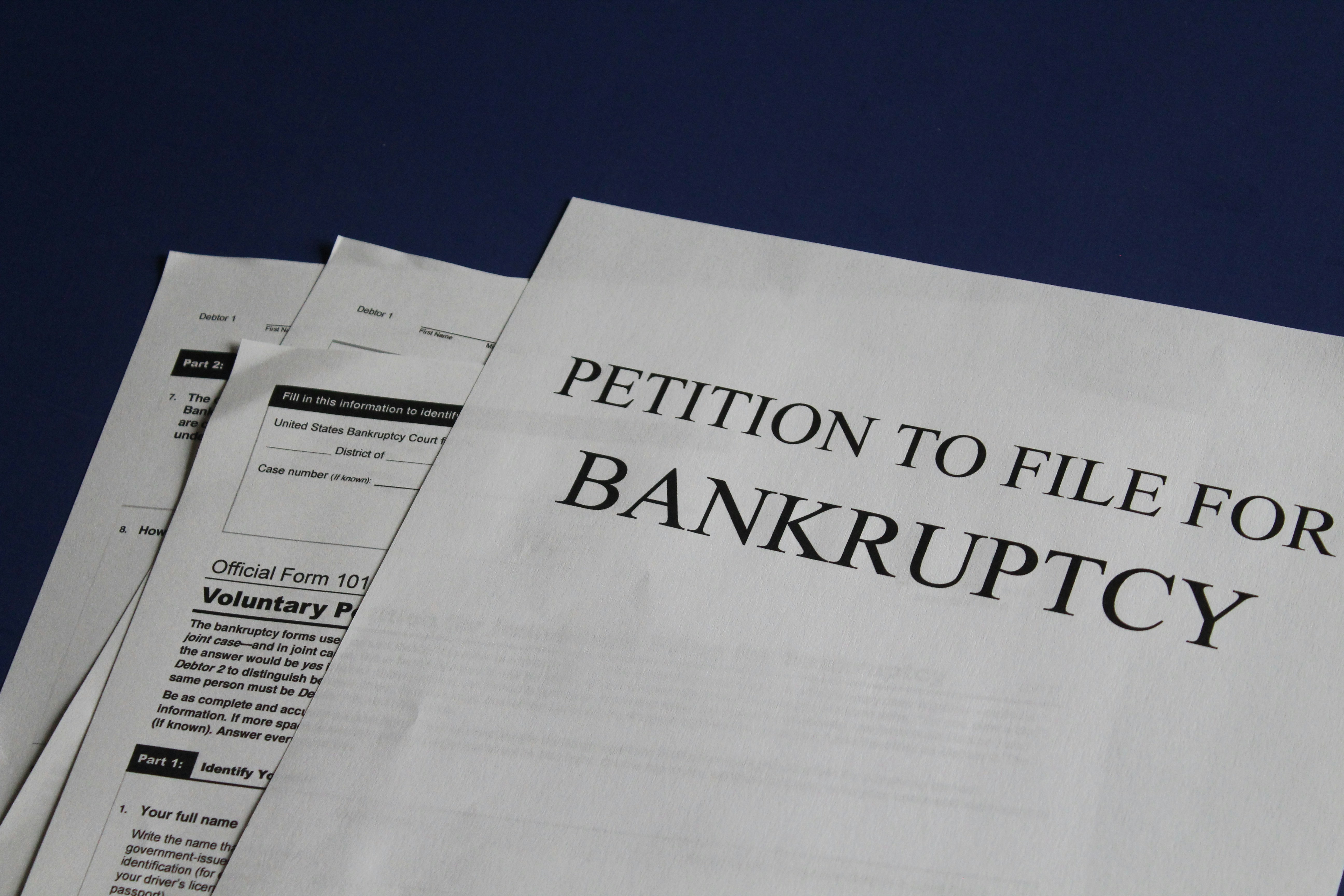What’s the Times Interest Earned Ratio?

The Times Interest Earned Ratio (TIE Ratio), or Interest Coverage Ratio, is a popular accounting calculation that is used as a measure of a company’s ability to pay off all of its debt obligations. The TIE Ratio is calculated taking a company’s earnings before income tax, and dividing it by its interest expense. A higher ratio typically means that the company is more likely to pay off their interest expense. The TIE Ratio is most often used by potential investors to quickly compare industry competitors in order to find the most favorable options to invest money into.

The Interest Coverage Ratio shows the proportionate amount of income to interest expense. This means the ratio is a rough determination of the number of times a company could fulfill all of its interest obligations. The reason this accounting calculation is not considered to be wholly accurate, is because the financial statements that the equation uses are of the company’s earnings before interest and taxes, or EBIT, for short. The EBIT isn’t a complete representation of the company’s actual income statements. Outside of the TIE Ratio, the actual measure of a company’s income would include its income tax expense. Additionally, interest expense only includes the company’s interest payments based on an annual interest rate, but companies often have additional debt that doesn’t get factored into the amount of interest expense.

For example, if over the course of a year, a company’s earnings (EBIT) are $2 million, and its interest expense is $500,000, then the resulting TIE Ratio for that company is 4. This means that (with the exception of income tax,) the company’s earnings can cover its interest expense four times over, as it’s annual income is four times greater than its debts from that year. This is a fairly decent Interest Coverage Ratio for a company to have, since any resulting TIE Ratio metrics that are 2 or lower means that a company is at a greater risk for failure in the future.
While the Time Interest isn’t a company’s complete debt ratio, a higher ratio in comparison to the industry average generally means a company has a decent net income after its interest charges are paid and any income tax expense has been processed. Financial ratios such as the coverage ratio are calculated by investors for reasons that are similar to a lender running credit checks. If a borrower has a poor credit score, a creditor isn’t likely to approve them for a new loan, as it is assumed that the borrower doesn’t have enough money to pay their current debts. Similarly, an investor can quickly see from a lower TIE ratio, that a company is unable to pay off it’s financial obligations and is therefore not a viable choice, when compared to a business with a higher ratio.
Why do we use Times Interest Earned Ratios?
The TIE Ratio is often used as a solvency ratio. If a high ratio is maintained on a long-term basis, it can then be assumed that the company’s income is consistently sufficient to cover all of its current interest expense. Therefore, a company with a high Times Interest Ratio is most likely to be at a low-risk for solvency. However, a company’s annual interest expense can differ from year to year, so if the company has taken out a new loan since last year’s total interest expense was calculated, this will affect the income-to-debt ratio.

Even though the TIE Ratio can fluctuate, interest coverage can be a useful indicator of a company’s operations and future. This is why Time Interest is one of the more popular financial ratios among new investors. It is a great starting point when researching potential investment opportunities. It is also a more useful debt ratio when used quarterly, rather than over a long-term basis. Although if a company’s TIE Ratio remains consistent throughout several quarterly or annual reports, then this metric is a great indicator of a company’s performance. Another major reason for its popularity is because makes initial comparisons between competitors quickly and easily.

